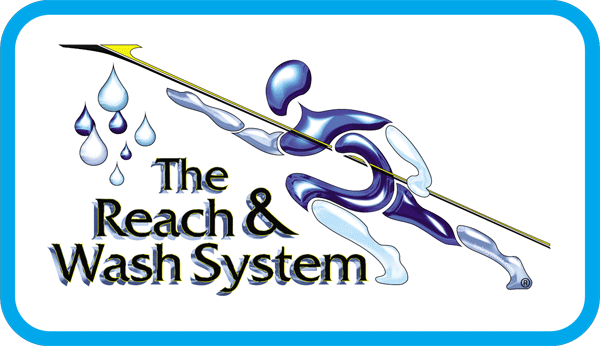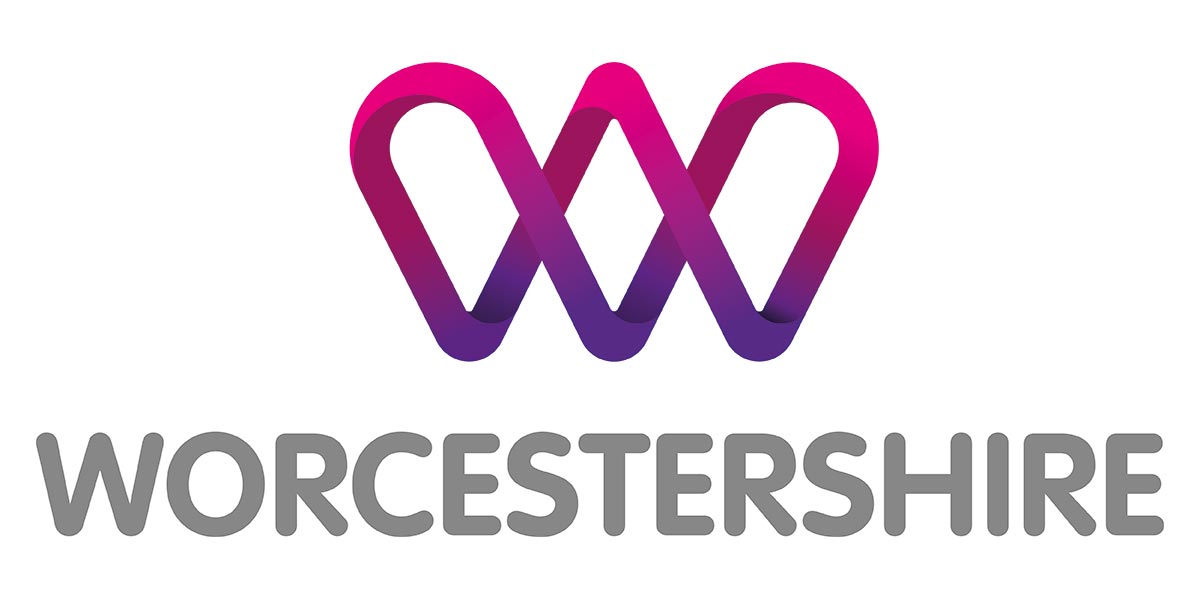How does cleaning differ from sanitising and why does it matter?
Remember that time when the supermarkets ran out of sanitiser during the first wave of the Pandemic? Many of us had not thought much about whether we needed to carry sanitiser around with us up to that point. Now, people are a lot more aware of the importance of keeping their hands clean. But not many people realise that cleaning, disinfecting, and sanitising are different. Understanding the difference might not seem that important either.
Why does it matter?
But consider those working in an industry that includes food preparation. A food preparation surface might seem clean if it has been wiped down with a cloth, it might be free of dirt, vegetable peelings, and breadcrumbs. But it could be swimming with E. coli and other bacteria, meaning food prepared on this surface could become contaminated. Food poisoning not only harms people, but significantly impacts the level of trust consumers have for your brand, and can sometimes result in significant fines for companies.
Then consider the healthcare sector. The difference between disinfecting kills 99.99% of germs, whereas sanitising only guarantees to kill 99.9%. That tiny percentage change can really make a difference if you are a surgeon operating on a vulnerable patient.
It goes without saying that the Coronavirus Pandemic has made the whole world more aware of the importance of properly disinfecting surfaces. Clean environments mean staff do not catch illnesses as frequently. This is better for them generally but also reduces staff absenteeism.
So, what are do these three terms actually mean?
What is cleaning?
Cleaning is the act of removing germs, dirt, and grime from a surface so that they are no longer present. It requires the application of a solution such as detergent and water. It does not kill the germs but does remove most of them so that you are far less likely to become poorly as there are fewer germs to infect you.
Although to complicate things, you can sometimes clean without removing germs. For example, if you wipe down your kitchen counter with a damp cloth, you might have removed visible dirt and removed the visible mould, but you may not have removed invisible germs. Therefore, you have not disinfected your surface.
What is disinfecting?
Disinfecting is a type of cleaning that uses chemicals such as alcohol-based sprays to kill the germs that are on a surface.
What is sanitising?
Sanitising is the neutralisation of germs and lowering of their numbers to a level that is in line with public health standards. Sanitising usually means you are combining cleaning and disinfecting. You are killing the germs, removing the dirt, and also removing the number of germs on the surface.
Why does it matter to us?
As a cleaning company, we are very acutely aware of the difference between these different types of cleans and are at pains to ensure that the correct level of cleanliness is maintained for the sector that we are serving. Every one of our clients has a bespoke schedule of cleaning with areas, frequency, and level of clean noted in detail. There is a lot of trusts put on us by our clients, particularly within the health care sector, and our team adheres to all CQC standards. We recognise the importance of the service we are providing.
If you are interested in any of our cleaning services, please speak to one of our team. We will always do our best to meet your requirements.



